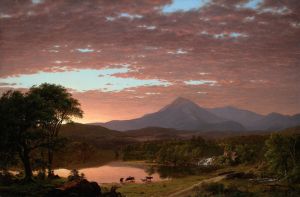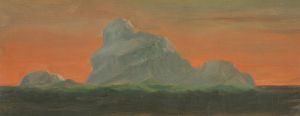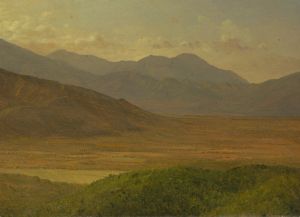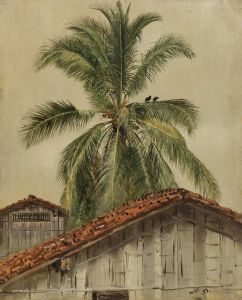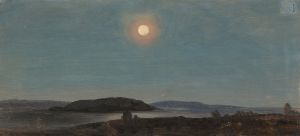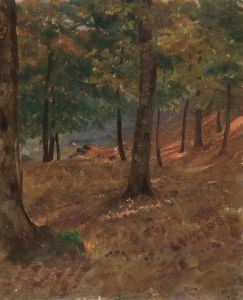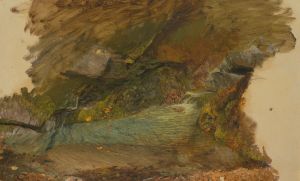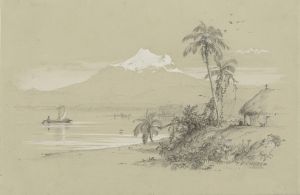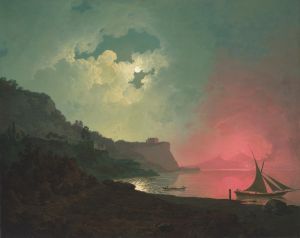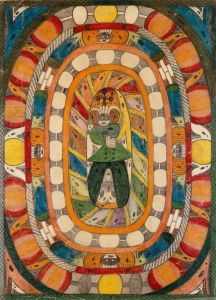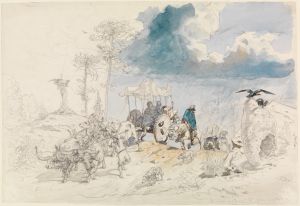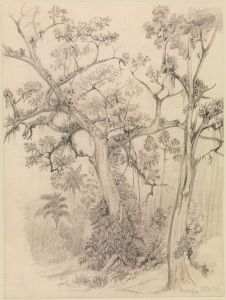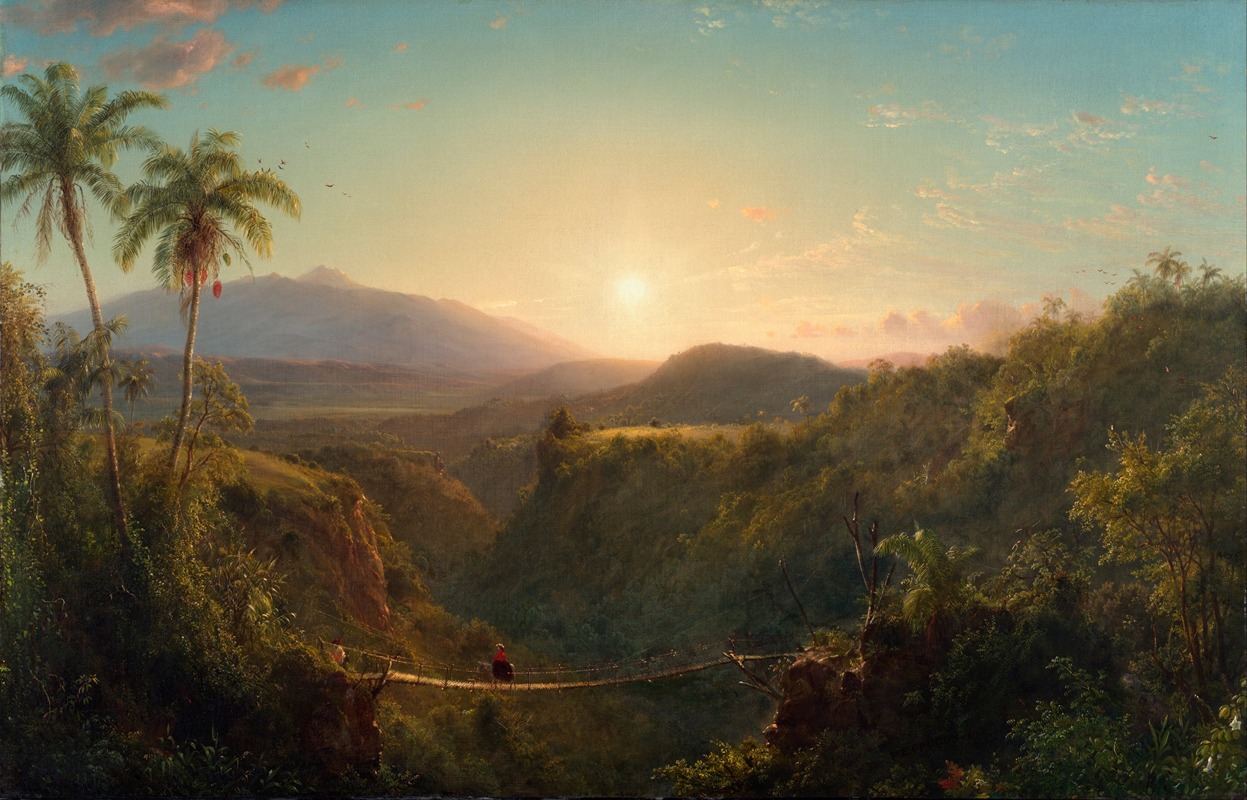
Pichincha
A hand-painted replica of Frederic Edwin Church’s masterpiece Pichincha, meticulously crafted by professional artists to capture the true essence of the original. Each piece is created with museum-quality canvas and rare mineral pigments, carefully painted by experienced artists with delicate brushstrokes and rich, layered colors to perfectly recreate the texture of the original artwork. Unlike machine-printed reproductions, this hand-painted version brings the painting to life, infused with the artist’s emotions and skill in every stroke. Whether for personal collection or home decoration, it instantly elevates the artistic atmosphere of any space.
Frederic Edwin Church, a prominent American landscape painter and a central figure in the Hudson River School, is renowned for his grand and detailed depictions of natural scenes. One of his notable works is "Pichincha," which captures the majestic beauty of the Pichincha volcano in Ecuador. Church's fascination with South American landscapes was largely inspired by the writings of the German naturalist and explorer Alexander von Humboldt, whose works encouraged Church to explore the continent and its diverse environments.
In 1853 and 1857, Church embarked on expeditions to South America, where he meticulously studied the geography, flora, and atmospheric conditions of the region. These journeys provided him with the firsthand experience and sketches that would inform his later paintings. "Pichincha" is one of the results of these explorations, reflecting Church's dedication to capturing the sublime and awe-inspiring aspects of nature.
The painting "Pichincha" is characterized by its attention to detail and dramatic use of light and shadow, which are hallmarks of Church's style. The composition typically features the volcano as a central element, surrounded by lush vegetation and expansive skies, showcasing Church's ability to convey the vastness and grandeur of the natural world. His use of color and light not only captures the physical attributes of the landscape but also evokes a sense of wonder and reverence for the natural environment.
Church's work was not just about replicating the visual aspects of the landscape; it also aimed to convey the emotional and spiritual impact of nature. His paintings often include elements that suggest the passage of time and the dynamic forces of nature, such as changing weather conditions and the interplay of light and shadow. This approach aligns with the Romantic movement's emphasis on the sublime and the power of nature, themes that were central to the Hudson River School.
"Pichincha" and other works by Church were well-received in his time, contributing to his reputation as one of America's leading landscape painters. His paintings were exhibited in prominent galleries and attracted the attention of art collectors and the general public alike. Church's ability to capture the essence of far-off lands resonated with an American audience that was increasingly interested in exploration and the natural sciences.
Today, Frederic Edwin Church's paintings, including "Pichincha," are celebrated for their artistic and historical significance. They offer a glimpse into the 19th-century fascination with the natural world and the spirit of exploration that characterized the era. Church's work continues to be studied and admired for its technical mastery and its ability to evoke a deep appreciation for the beauty and complexity of the natural landscape. His legacy endures as a testament to the power of art to transcend cultural and geographical boundaries, inspiring viewers to see the world through a lens of wonder and curiosity.





